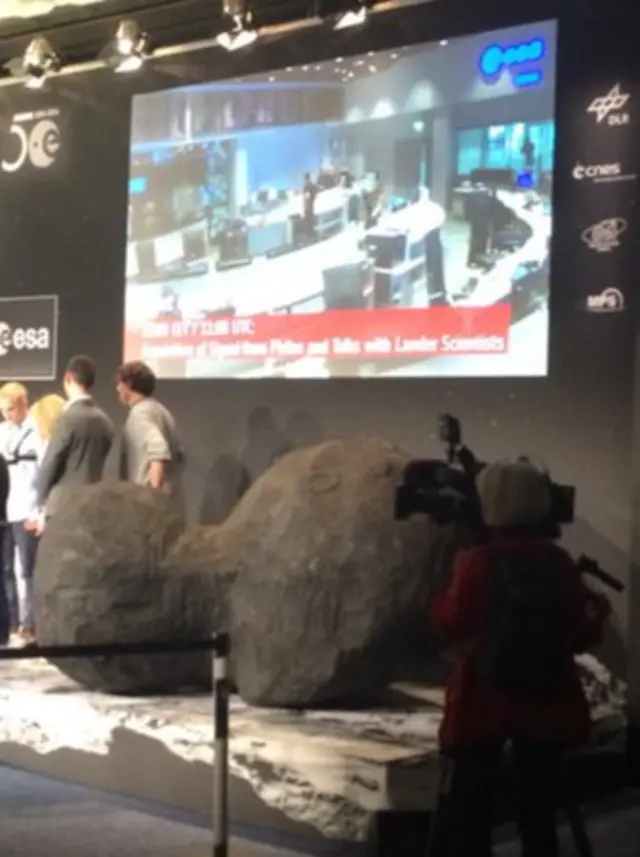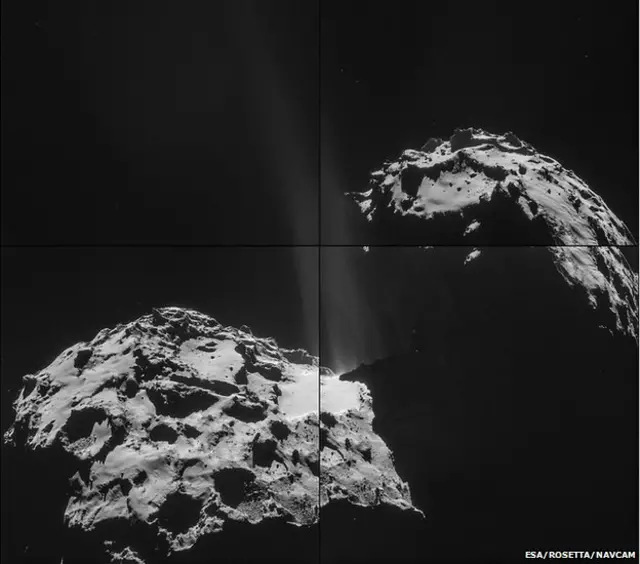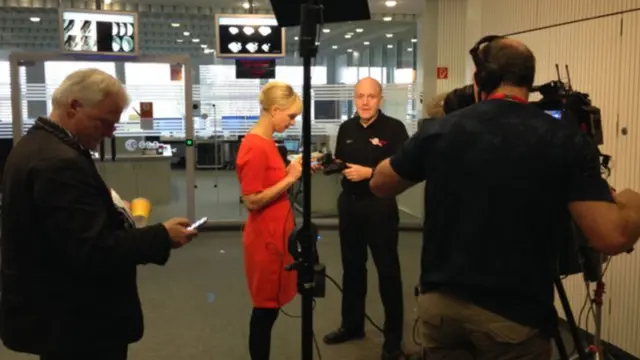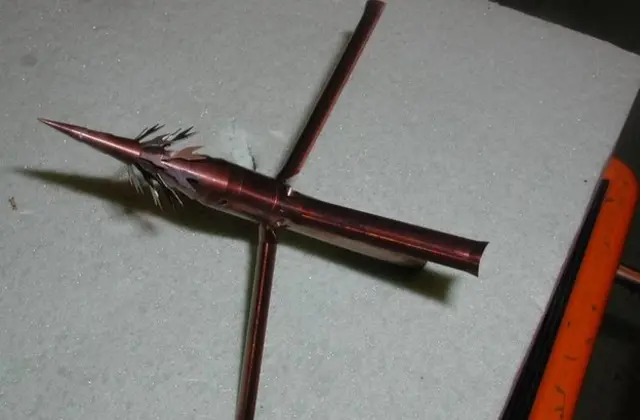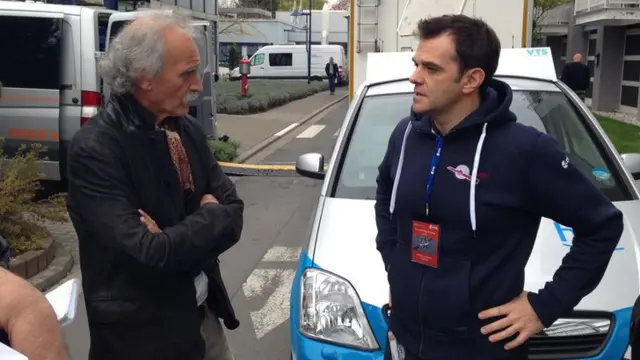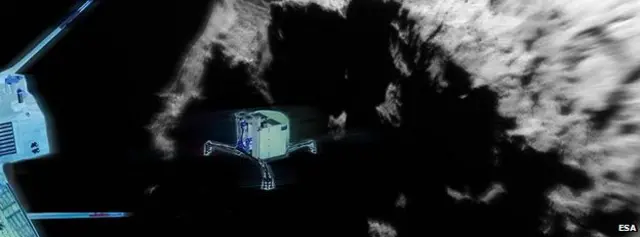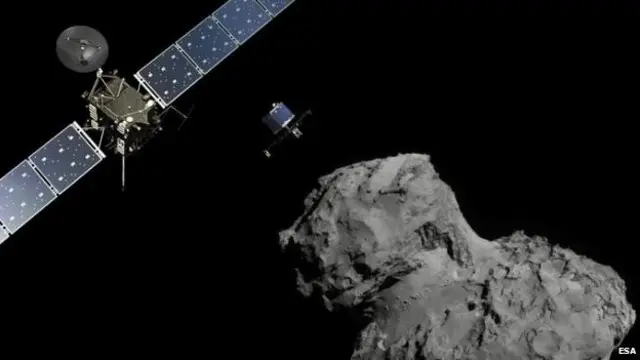Get involvedpublished at 10:54 GMT 12 November 2014
Pierre Harter: I live in the Seychelles... watching and reading the live updates... I am 54... I remember listening together with my parents to Neil Armstrong on the BBCWService, there was no TV here in those days... technology has changed and with it our frontiers... The "selfie" Rosetta is one of the astonishing pics this century. Goose pimples. Ground Control to Major Tom.
